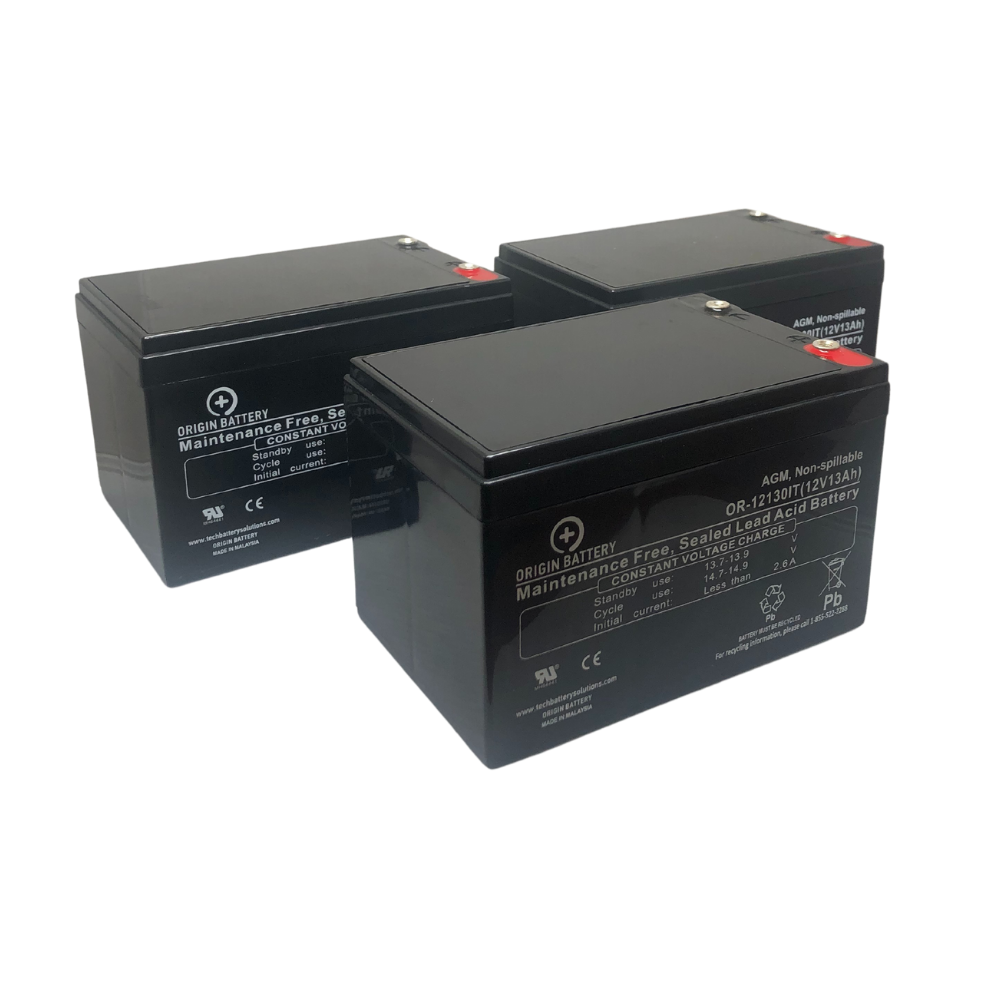Answer
Nov 24, 2025 - 06:40 AM
It looks like you tried to include your full question in the title of the question instead of the body. So it did get cut off. I can't see the rest of it, but I'm assuming your question comes down to having multiple batteries that are already wired together in series to create one large 36-volt battery pack, and how you should go about testing them.
In this particular instance, they need to be tested individually with a voltage meter first. I want to see what the voltage is of each individual battery and see which ones are below the rest.
So sometimes you'll see that you're going to have two batteries that are fully charged at 12.7 volts or above, and you'll have one that is at 11 or 10, and that's going to be your straggler that's bringing down the rest of the battery pack. Replacing that single battery can get you back up and running.
The caveat is age. If the batteries are three years or older, I recommend replacing the entire set. The reason being is if you replace a single battery in that set, it will bring the age of that brand new battery on par with the remaining two that are in that set.
In this particular instance, they need to be tested individually with a voltage meter first. I want to see what the voltage is of each individual battery and see which ones are below the rest.
So sometimes you'll see that you're going to have two batteries that are fully charged at 12.7 volts or above, and you'll have one that is at 11 or 10, and that's going to be your straggler that's bringing down the rest of the battery pack. Replacing that single battery can get you back up and running.
The caveat is age. If the batteries are three years or older, I recommend replacing the entire set. The reason being is if you replace a single battery in that set, it will bring the age of that brand new battery on par with the remaining two that are in that set.
 High-Tech Battery Solutions Inc
High-Tech Battery Solutions Inc

